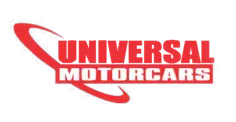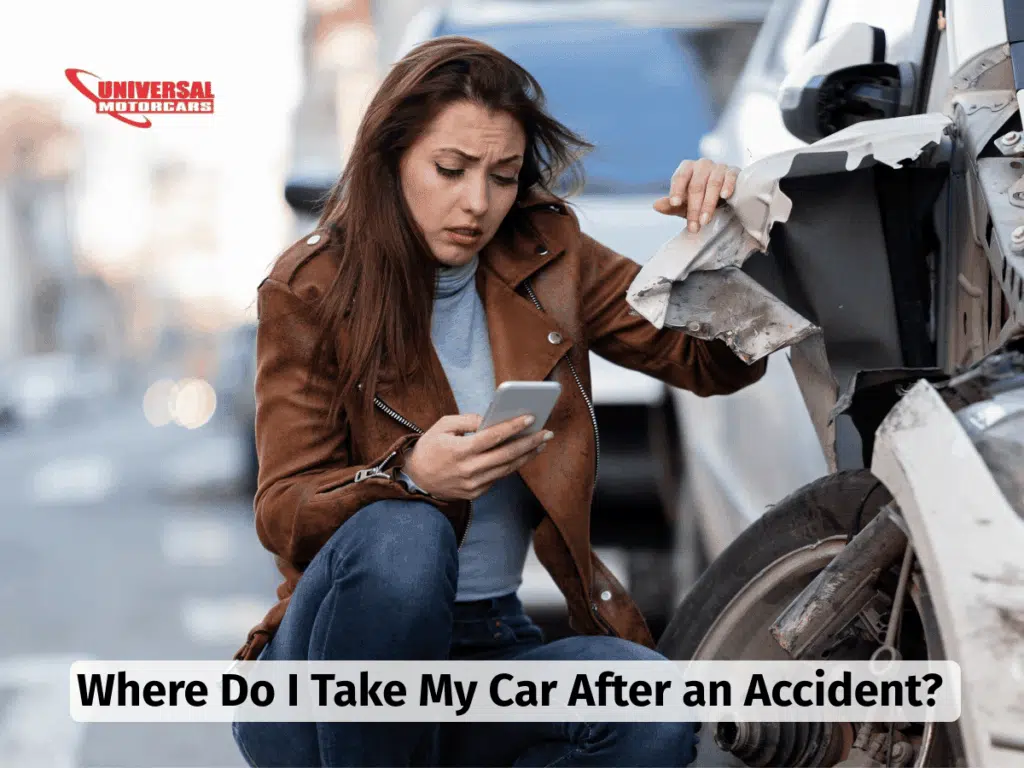One of the most important decisions you’ll make after an incident is where to have your vehicle repaired. The right repair facility restores your car to its pre-accident condition, helps handle insurance paperwork, and gets you back on the road with confidence.
This guide walks Las Vegas drivers through the process — from getting an accurate estimate to deciding who pays and how to choose a trustworthy repair partner.
How to get a free estimate after a collision — step by step
Document everything first
Take multiple photos of all damage (close-ups and wide shots), note the scene, collect witness contact info, and keep a record of any tow or rental receipts. This documentation helps shops and insurers produce accurate quotes.
Contact your insurer — and request a shop visit
Notify your insurance company about the claim and ask about next steps. Even if an adjuster will inspect the vehicle, you can still request written estimates from local repair facilities.
Obtain multiple written estimates
Visit two or three reputable repair shops for a comprehensive, itemized estimate. A proper quote lists labor, parts (OEM vs. aftermarket), paint, frame work, and any required calibrations. Written estimates make it easier to compare offers and negotiate with insurers.
Ask about included services
Find out if the quote includes rental car assistance, shuttle service, parts lead time, and warranty on repairs. The convenience items matter when you’re without a vehicle.
Verify ADAS and safety system checks
Modern cars often need sensor recalibration or lane-assist calibration after repairs. Confirm whether the shop’s quote covers diagnostic scans and calibration — these are essential for safe operation.
Clarify parts and warranty details
Ask whether the shop uses new OEM components, remanufactured parts, or aftermarket items, and what warranty covers labor and paint. A reliable shop will stand behind its work with a clear guarantee.
Who pays to fix my car after an accident?
The at-fault driver’s insurance
If another driver caused the crash, their liability carrier is usually responsible for repairing your vehicle or reimbursing you for reasonable repair costs. The adjuster will inspect the damage and propose an estimate or settlement.
Your own insurance
If the at-fault driver doesn’t have insurance or fled the scene, your collision coverage or uninsured/underinsured motorist coverage may cover the repairs, subject to your deductible. When your insurer pays first, they may pursue reimbursement from the at-fault party later.
Policy provisions can vary
Some policies include language about preferred shops or direct repair programs. Read your policy carefully and ask your agent: unless your contract explicitly restricts you, you generally have the right to choose a repair facility.
Total loss and replacement
If repairs cost more than the vehicle’s pre-accident value, the insurer may declare a total loss and offer a payout based on comparable market value. This calculation can be based on comparable sales, dealer quotes, or guidebooks like KBB/NADA.
Picking the best repair shop — what to look for
Choosing a repair facility matters as much as choosing a good doctor. Here’s how to narrow your options:
- Certifications and training
Look for technicians with ASE credentials and shops with factory or manufacturer-level training. These credentials indicate the staff are trained to repair specific makes and models to factory standards.
- ADAS and calibration capability
If your car has advanced driver-assist tech, pick a shop equipped to perform sensor alignment and camera/radar recalibration. Without this, systems like adaptive cruise and lane assist may not function correctly.
- Transparent, itemized estimates
A trustworthy shop provides clear, written quotes and explains the difference between OEM and aftermarket parts, labor hours, and any sublet work.
- Warranty and workmanship guarantee
Prefer shops that offer a written warranty on repairs (labor, paint, and parts). A guarantee shows confidence in work quality.
- Local reputation and reviews
Read recent customer reviews and check examples of repairs. Real feedback about communications, timelines, and quality helps you avoid surprises.
- Insurance experience and claims help
A repair facility that regularly works with insurers can simplify the claims process, help submit documentation, and coordinate payments — saving you time and stress.
- Customer service extras
Shuttle service, rental assistance, and regular repair updates are signs of a customer-focused shop that understands the real-life disruption of being without a car.
Why many Las Vegas drivers choose a local, full-service shop
Local full-service facilities offer several advantages over quick-bump or mobile-only solutions after a significant collision:
- Comprehensive repairs under one roof — structural, paint, mechanical, and electronics work are done in-house.
- Faster access to parts and subsystems — established shops often have vendor relationships and OEM supply chains.
- Dedicated equipment for safety systems — windshield and bumper replacements that require recalibration are handled correctly.
- Accountability and follow-up — local shops rely on reputation in the community and typically provide ongoing customer support.
Universal Motorcars, for example, acts as more than a repair bay: they assist with estimates, coordinate with insurers, and deliver factory-quality repairs and system calibrations to restore your vehicle safely.
Final checklist before you commit
Takeaway
After a crash, choosing the right repair partner protects your investment and your safety. Be proactive: document the damage, gather multiple estimates, understand who will pay, and pick a shop that offers certified techs, clear warranties, and experience with modern vehicle systems. When quality and peace of mind matter most, a reputable local repair center can make the difference between a temporary inconvenience and a full, confident return to the road.
FAQs:
What is the average cost to repair a car after an accident?
Repair costs vary widely based on the damage. Minor repairs may cost a few hundred dollars, while major structural or frame work can run into several thousand.
What is the average time to repair a car after an accident?
Simple fixes like bumper or paint repairs may take 2–5 days, while more complex repairs involving parts orders or frame damage can take 2–4 weeks.
Can I get a free quote for car repair after an accident?
Yes. Most local body shops, including those in Las Vegas, provide free written estimates after an inspection of the damage. Universal Motorcars is one of them that offers free estimates.
How long will it take to fix my car after an accident?
The timeline depends on parts availability, the extent of the damage, and insurance approval. On average, expect anywhere from a few days to a few weeks.
Can I take my car to any shop after an accident?
In most cases, yes. Even if your insurer suggests a preferred shop, you typically have the right to choose the repair facility you trust.


